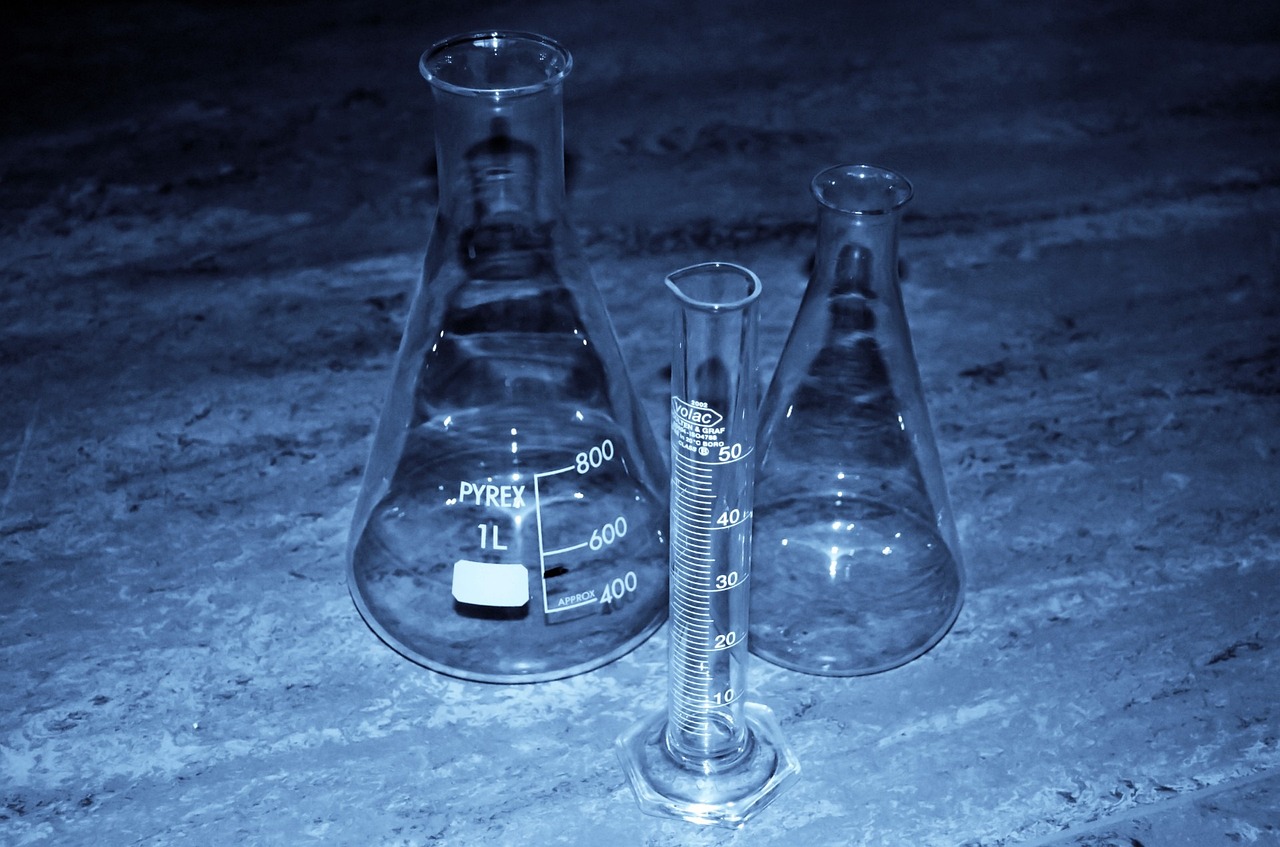This process involves the chemical conditioning of a non-conductive surface, typically ABS, ABS/PC, RC 25 Nanocure resin, or HTM140 resin, to enable the application of electrolytic coatings. These coatings serve both decorative and protective purposes.

Products
ETCHING
It has two main functions: alerting the material’s properties from hydrophobic to hydrophilic. And creating microporosity on the surface, which provides an anchoring base for metal deposition.
CTS-50
it is a liquid surfactant additive designed to condition, control surface tension, and enhance tolerance to trivalent chromium content in sulfa-chromic etching baths. By maintaining the correct surface tension in the etching solution, CTS-50 ensures a uniformly etched plastic surface, providing excellent adhesion and high-quality final finish to the product.
REDUCER
Its function is to effectively neutralize hexavalent chromium residues, which are harmful to the next bath in the process.
NEUTRACEL -38
It is a concentrated liquid mixture that when diluted in water in the presence of hydrochloric acid, acts as a neutralizer of hexavalent chromium from the etching process.
NEUTRACEL 39
It is a new environmentally friendly product that is biodegradable and free of carcinogenic compounds. Specially formulated to neutralize hexavalent chromium in the presence of hydrochloric acid, it offers a safer and sustainable alternative for the etching process
ACTIVATION
This process deposits palladium onto the plastic surface, enabling the subsequent autocatalytic metal coating.
PALADIO CATALIZADOR 34-C
It is a concentrated liquid colloid developed to activate plastic surfaces as a preliminary step to electroless nickel plating. It features an extremely small particle size, allowing it to penetrate effectively into the micro-cavities created by the etching process.
ESTABILIZADOR DE COLOIDE 34C
It is a liquid product specifically formulated to provide the necessary tin for the maintenance and stability of the palladium colloid in activation baths.
ACCELERATION
This process removes tin from the colloid to expose palladium, allowing it to act as a catalyst in the electroless nickel solution.
COMPLEX 69
It is a special blend of biodegradable solid products that, when dissolved in water, prepares the previously activated plastic surface for electroless nickel deposition
NOXAL-17
It is a liquid blend of biodegradable products, free of oxalates, and water-soluble. It is designed to prepare previously activated plastic surfaces for electroless nickel deposition.
ELECTROLESS NICKEL
This is the final step of the pre-electrolytic process for plastics, where a thin layer of nickel is deposited onto the plastic surface making it conductive for the subsequent acid copper plating.
AMONI
This process is designed to provide electroless nickel deposits on plastic, creating a highly receptive layer for the subsequent electrolytic finish.
NIKPLUS 219
It is formulated for electroless nickel deposition in plastic metallization lines. Being free of ammonium, lead, and cadmium, it is a more environmentally friendly process. This specially designed formulation deposits a nickel-phosphorous layer on ABS or ABS/PC surfaces that have been properly prepared. It offers excellent stability, and with proper handling and adherence to recommended guidelines, its lifespan is virtually indefinite.
CONDITIONER
This process creates a thin copper deposit on the electroless nickel layer, acting as a seal and enhancing the final finish.
ACTINIK-P
It is a liquid concentrate designed for plastic metallization lines, where parts with electroless nickel transition directly to acid copper plating. It improves the current bridge between the rack and the electroless nickel layer while also acting as a sealant for the nickel deposit.
METALIZATION PROCESS DOR 3D-PRINTED PARTS
This process is designed to metallize RC 25 Nanocure and HTM140 resins, which are commonly used in 3D printing machines.
MICRO-ETCH-D40
It is a liquid blend specially formulated to facilitate the metallization of plastic surfaces, such as RC 25 Nanocure and HTM 140, through a micro-etching process. This treatment makes the plastic surface more receptive to metal deposition.
ACTIVATOR-D50
It is a concentrated liquid colloid developed to activate plastic surfaces such as RC 25 Nanocure, HTM140, or other 3D-printed materials as a preliminary step for electroless nickel plating. It has an ultra-fine particle size, allowing it to penetrate effectively into micro-cavities.
ACONDICIONADOR-D69
It is a special blend of biodegradable solid products that, when dissolved in water, prepares plastic surfaces such as RC 25 Nanocure, HTM140, or other 3D-printed materials for the metallization process.
